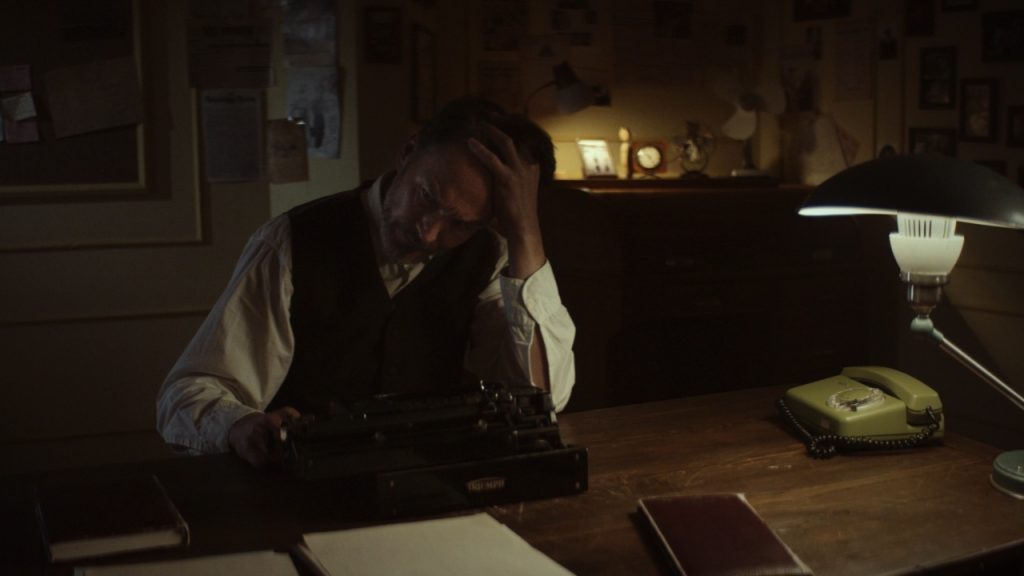Writer’s block is often treated like a psychological curse — a fog that descends without warning and overstays its welcome. But what if the cure doesn’t come from your own mind or a change of scenery, but from something entirely non-human? Enter the AI story generator — not just a quirky tool for writing prompts, but a full-on plot therapist for the creatively stuck.
When the Brain Locks Up, the Machine Steps In
Most writers experience a moment when their carefully laid plotlines unravel into confusion or bland predictability. Unlike traditional brainstorming methods, AI story generators don’t carry your narrative baggage. They don’t second-guess your genre conventions or worry about “what the character would really do.” This detachment is often what makes them powerful — they see the forest, not the trees.
By feeding a stuck plotline or a vague idea into an AI, you receive outputs that are detached from your internal roadblocks. AI doesn’t care about your creative ego — and that’s exactly why it works. It breaks the psychological loop of overthinking.
The Art of Prompt Therapy
The AI story generator is effective with specific emotional prompts just as a therapist can bring out the hidden fears by asking relevant questions.
- “My protagonist is afraid of becoming their father. What scenario would force this fear to surface?”
- “Generate a confrontation between two allies where betrayal is hinted but not confirmed.”
- “Give me five midpoints for a slow-burn romance where trust is a theme.”
These aren’t generic prompts — they’re therapeutic probes. The AI’s job isn’t to write your novel, but to help your subconscious find the pressure points in your plot. Think of it as narrative acupuncture.
Reframing Failure with AI Iteration
Writers often delete scenes they think “aren’t working,” but AI teaches you to iterate instead of abandon. Let’s say you hate your Act II turn. Instead of scrapping it, input the scene’s general purpose and tone into an AI story generator and ask for ten different takes. You’ll likely see a variation that unlocks a better path forward — or, at the very least, one that sparks an unexpected idea.
This low-cost experimentation means less emotional attachment to scenes that don’t serve the story. It’s therapy via iteration.
Dialoguing with the Machine (Literally)
Here’s where things get interesting: some advanced story generators can simulate back-and-forth conversations where you refine plot ideas in real time. Instead of saying, “Write a story,” you can say:
- “Why does this plot feel flat?”
- “What’s a subplot that could make this character’s arc more dynamic?”
- “What if the antagonist is secretly trying to save the protagonist?”
This “dialogue” becomes a form of creative self-talk, where the AI plays the role of a dispassionate sounding board. It doesn’t replace your intuition — it sharpens it.
From Blocked to Building
Using an AI story generator as a plot therapist isn’t about outsourcing creativity. It’s about giving your mind a tool to explore narrative options without judgment or fatigue. It does not indicate the correct answer. It only shows alternatives. And sometimes, when your story is stuck in a rut, that’s all you need to start climbing out.
During this age where originality is more and more turning into a commodity, there is a strange sense of liberation that comes from seeking the opinion of a neutral party. It does not matter if you have a book contract, suffer from impostor syndrome, or your existential dread about the second draft. It just gives options. And every now and then, that option can be found through a simple unexpected twist of the plot.




![‘Hamnet’ Review – A Devastating, Exalted Work Exploring Grief Through Art [TIFF 2025] ‘Hamnet’ Review – A Devastating, Exalted Work Exploring Grief Through Art [TIFF 2025]](https://cdn.geekvibesnation.com/wp-media-folder-geek-vibes-nation/wp-content/uploads/2025/09/Hamnet-4238_D005_00229_R-300x169.jpg)

